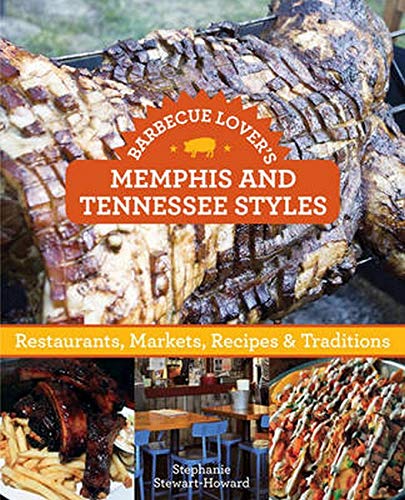Exploring Regional Barbecue Styles: From Texas to Carolina
As a barbecue enthusiast, there’s nothing quite like indulging in the rich and diverse flavors of regional barbecue styles. Across the United States, different regions have developed their own unique barbecue traditions, each with its own distinct characteristics and techniques. In this article, we’ll delve into two renowned styles of barbecue: Texas and Carolina. So grab your napkins and get ready to embark on a mouthwatering journey through the world of regional barbecue.
I. Texas Barbecue
When it comes to Texas barbecue, beef takes center stage. Renowned for its succulent smoked brisket, Texas barbecue showcases the art of slow-cooking over indirect heat. Pitmasters in Texas have perfected the use of wood, such as oak and mesquite, to infuse the meats with a distinct smoky flavor.
One of the defining features of Texas barbecue is its simplicity. Dry rubs made with a blend of spices are used to enhance the natural flavors of the meat. The focus is on allowing the quality of the beef to shine through. Alongside the iconic brisket, Texas barbecue offers a variety of mouthwatering dishes, including smoked sausages and tender beef ribs.
Beyond the delectable meats, Texas barbecue has cultivated a culture of its own. It’s a place where pitmasters are regarded as celebrities, and barbecue joints are institutions. The pride and passion for Texas barbecue have reverberated across the nation, influencing barbecue trends and inspiring a new generation of pitmasters.
II. Carolina Barbecue
Carolina barbecue stands out as a distinct style with variations between Eastern and Western regions. Eastern Carolina barbecue is known for its whole-hog cooking technique, where the entire pig is slow-cooked until it reaches tender perfection. One of the defining characteristics of Eastern Carolina barbecue is the vinegar-based sauce. The tangy and acidic flavors of the sauce, combined with a careful balance of spices, create a taste sensation like no other.
On the other hand, Western Carolina barbecue focuses on pork shoulder, also known as Boston butt. This style incorporates a tomato-based sauce that adds a slight sweetness to the meat. The flavors are robust, and the tender pork is often transformed into mouthwatering pulled pork sandwiches or delectable Carolina-style ribs.
Carolina barbecue holds deep cultural significance in the South. It has become an integral part of Southern culinary traditions, celebrated in festivals and cherished by locals and visitors alike.
III. Notable Differences and Similarities
When comparing Texas and Carolina barbecue styles, several notable differences and similarities emerge. While Texas barbecue highlights beef as the primary meat, Carolina barbecue revolves around pork, whether it’s whole-hog or pork shoulder. The cooking techniques and sauce preferences also set them apart.
Both styles, however, share a common foundation of slow cooking and the use of smoke to infuse flavors into the meat. The pride and passion associated with these regional barbecue styles are evident in the dedication of pitmasters and the unwavering commitment to preserving the authenticity of their craft.
FAQ
Q: What type of wood is commonly used for smoking in Texas barbecue?
A: Oak and mesquite are the popular choices for smoking meats in Texas barbecue. These woods impart a distinct smoky flavor that complements the beef.
Q: What makes Carolina barbecue sauces unique?
A: Carolina barbecue sauces are known for their vinegar-based tanginess in the Eastern region and the tomato-based sweetness in the Western region. The sauces are carefully balanced with spices to create a harmonious blend of flavors.
Q: Can I find Texas and Carolina barbecue outside their respective regions?
A: While these styles originated in Texas and Carolina, their influence has spread across the country. Barbecue enthusiasts can often find restaurants and pitmasters who have mastered these regional styles in various locations.
Conclusion
Exploring regional barbecue styles like Texas and Carolina allows us to appreciate the diverse culinary heritage and artistry behind each style. From the robust flavors of Texas brisket to the tangy and tender pork of Carolina barbecue, these regional styles offer unique experiences and tastes that continue to captivate barbecue enthusiasts nationwide. So, the next time you find yourself in Texas or the Carolinas, be sure to savor the local barbecue and immerse yourself in the rich history and traditions of regional barbecue.
